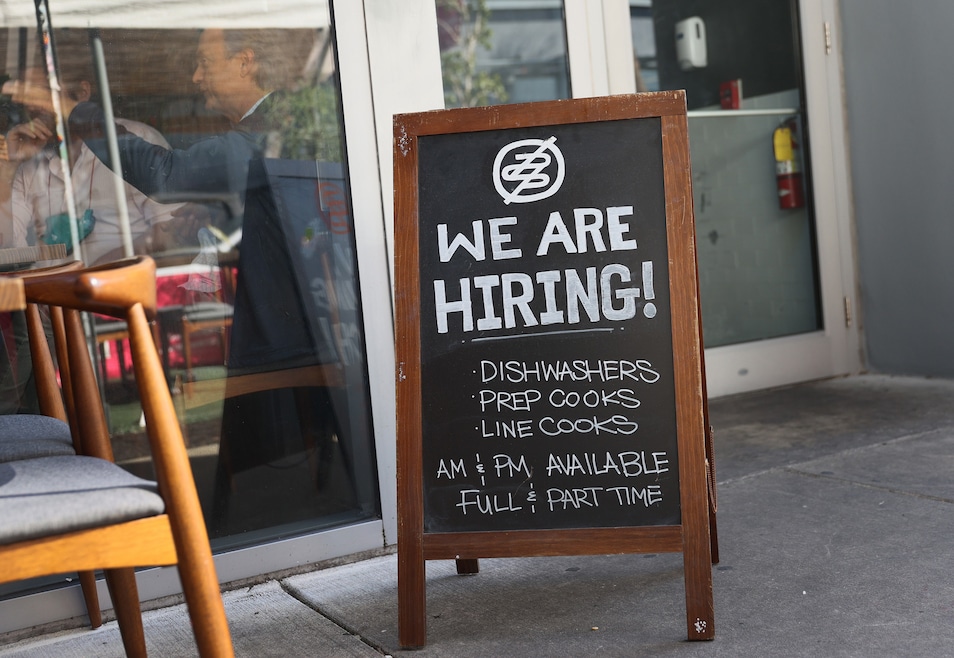Jobless claims dip slightly
After reaching an eight-month high at the end of May, state unemployment applications dropped somewhat in the week that ended June 14. The U.S. Department of Labor reported a seasonally adjusted 245,000 jobless claims in a statement Wednesday, down 5,000 from a week earlier. A healthy range is considered between 200,000 and 250,000.
The department said earlier this month that while the U.S. added more jobs in May than expected, the number was below the 12-month average. While the healthcare and hospitality industries added jobs, other key economic sectors, including manufacturing and retail, saw job declines.
Continuing claims, which represent people who previously filed for unemployment and are still looking for work, dropped 6,000 in the week ending June 7 to 1.945 million. Ongoing claims are near their highest level since late 2021, the department said.
Retail sales are down somewhat
The U.S. Commerce Department said Tuesday that retail sales were down by a seasonally adjusted 0.9% in May as consumers slowed their spending amid concerns about the economic outlook. However, sales rose 3.3% from the same time in 2024.
Among housing-related purchases, furniture and home furnishings sales increased 1.2%; their annual change was 8.8%, more than any other category. On the other hand, electronics and appliance stores saw a 0.6% decline in sales, and a 1.9% fall over the past year. Sales at building material supply stores dropped 2.7% from a month earlier, and 1.1% from the same time in 2024.
Grocery sales were down 0.8%, but they were up 2.3% from 2024. Gas stations saw a more noticeable 2% decline in purchases that were down 6.9% from a year earlier.
“Consumers are seeing their way through the uncertainty with trade policies, but I expect the inflation associated with tariffs to be felt later this year,” Jack Kleinhenz, the National Retail Federation’s chief economist, said in a statement about the numbers. “Consumers remain very price sensitive, and those costs are likely to weigh heavily on [their] budgets.”

